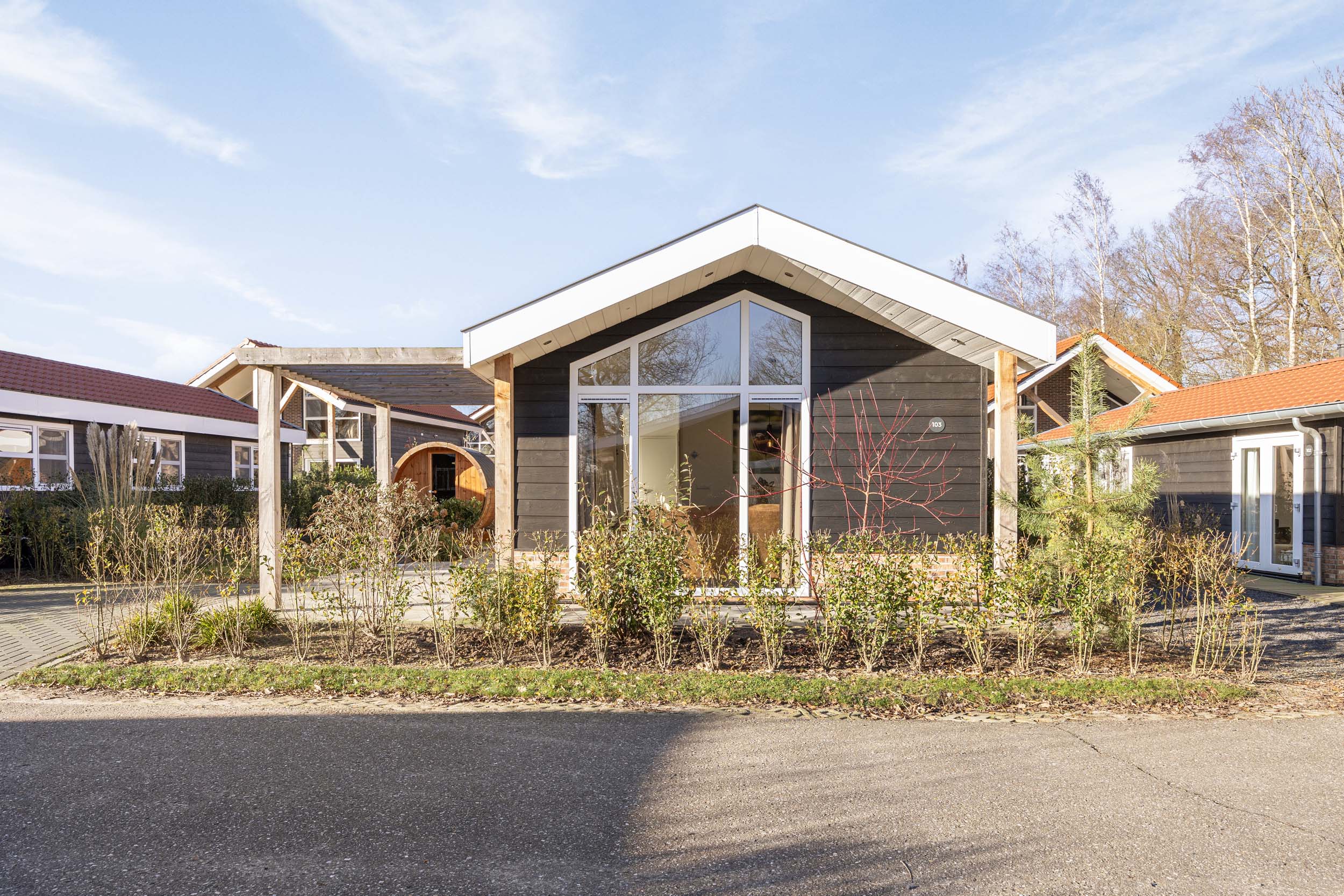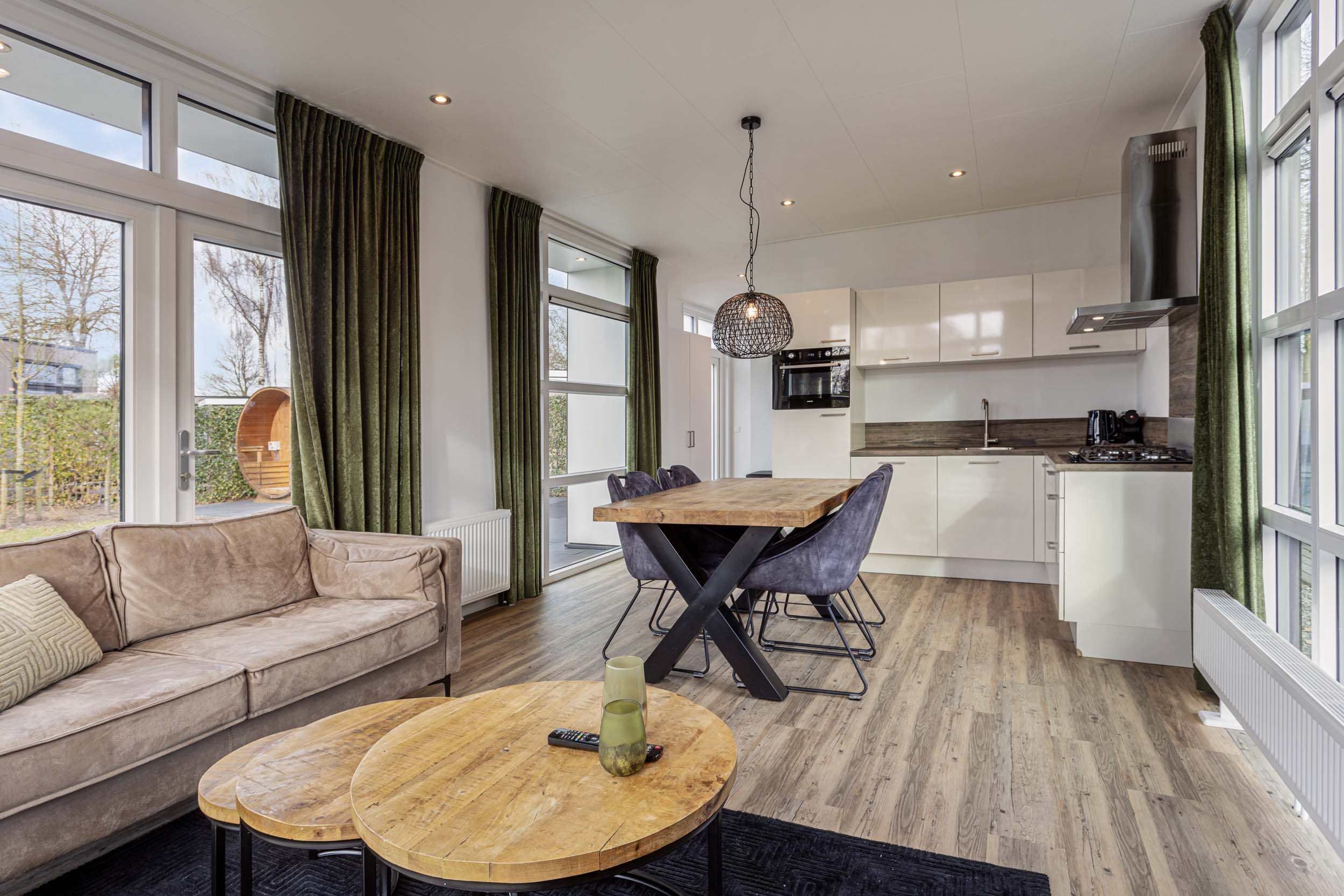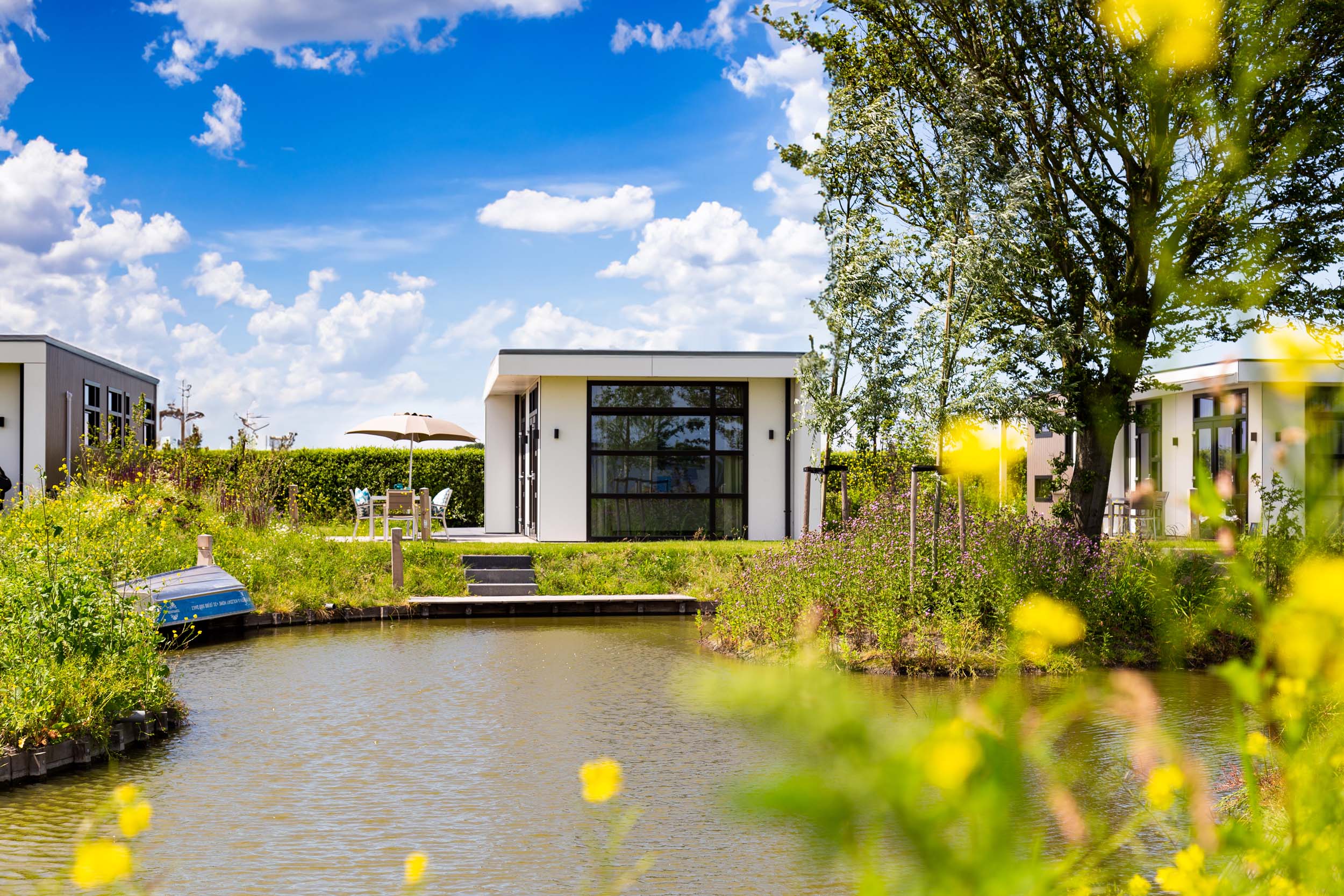NVM "Dynamics in market for recreational homes continues to increase"
By NVM.nl
The market for recreational homes in the Netherlands continues to grow. Last year demand rose by as much as 15% and 4,330 recreational homes were sold. The average transaction price increased by 6% to 148,450 euros, but remains just over 20,000 euros below the average price of peak year 2008.
In 2017, the supply did decrease for the first time in ten years. Moreover, regional differences are widening. "We see a clear dichotomy in the market for recreational homes," said NVM president Ger Jaarsma. "That dichotomy is there both between strong and weak areas and between old and new supply." Jaarsma bases his statements on the results of the annual survey of the recreational housing market in the Netherlands, which Bureau Stedelijke Planning recently conducted for the NVM.
Regionally, recent developments in Zeeland are most striking. Jaarsma: "More recreational homes are currently being built in this region than in any other, but demand in Zeeland is also steadily increasing. Jaarsma does look somewhat worryingly at the balance in the housing supply in that province: in the lower price brackets the supply is drying up, while in the higher segments it is rising sharply. And perhaps even slightly more than you would wish from a healthy market perspective." Of all recreational homes in the price range above 500,000 euros, almost half are offered in Zeeland. The average asking price in Zeeland has therefore, like last year, again increased sharply (over 20%) and now stands at 428,471 euro.
Also on the Wadden Islands, the expensive is becoming more expensive and the decreasing supply and growing demand are causing a price driving effect there. The average transaction price on the Wadden Islands is more than double the Dutch average: €351,888 in 2017.
So dynamic are the developments at the bottom of the market. "The trend of rehabilitation and transformation of outdated parks is starting to take shape more and more strongly," Jaarsma believes. Although strict (enforcement) policies of municipalities remain a barrier, they are clearly receiving more policy attention. The Vital Holiday Parks program on the Veluwe seems to be bearing its first fruits. Jaarsma: "Decreasing supply and stable prices now seem to be improving the balance in this regional sub-market. Other provinces such as North Brabant and Zeeland are also preparing policies to rehabilitate or transform obsolete supply."
Recreational property as residential or investment property
With the greatly increased pressure on the housing market, more and more recreational parks are fulfilling a useful role as temporary or more permanent residential destinations. The nature of this varies greatly by region, depending particularly on the type of users. "This does present governments with a dilemma and the future prospects of a park as a purely recreational use should be considered more often," says the NVM president. "In Harderwijk, for example, the municipal council decided in January to formally transform four recreational parks into residential areas, because they had been permanently inhabited for years."
At the top end of the market, the NVM sees a rapid rise of an exclusive high-end segment, which is manifesting itself particularly in Zeeland. In this segment, too, the market for recreational homes is linked to the housing market, because in this province permanent occupation is sometimes also allowed: living and recreation come together in these small-scale luxury projects.
At the same time, recreational homes are coming into the picture more often as investment objects. Jaarsma: "Depending on specific regional market conditions, we see that especially the segment between 250,000 and 500,000 euros is interesting. Total demand is also increasing most strongly in this segment. This certainly applies to attractive areas, such as the Zeeland coast. In other regions, returns purely on the basis of recreational rental can hardly be achieved. Even reasonably good quality parks are becoming more dependent on the short-stay market, but in doing so often run into difficult legal-planological barriers.
The most important considerations when purchasing a recreational home as an investment, in addition to the specific rental potential, are the relative quality of the property and location, financing and annual costs. These determine the turnaround from gross to net return ."
Trends and developments in the recreational housing market
The market for recreational homes is showing unprecedented dynamism, both at the top and the bottom of the market. Jaarsma: "To start with the latter, more and more parks are struggling to survive and increasingly derive their right to exist from non-tourist use. In some regions, especially North Brabant, there is also an increasing amount of degradation. In addition to rehabilitation, we now see parks where transformation is being considered. Recreation parks are de facto increasingly fulfilling the role of - temporary or sometimes more permanent - housing for several types of target groups."
In an overcrowded Dutch market, the challenge of surprising the guest is growing and recreation companies must continue to innovate. "This is becoming increasingly visible in two manifestations," Jaarsma knows. "First, we see an increase in vacation parks at, for example, the Efteling, the Beekse Bergen and Slagharen. On the other hand, vacation parks are increasingly offering day attractions and new facilities. 'Water fun investments' are a clear observable trend and 'family entertainment centers' we see more often as part of resorts." The big players in particular are investing heavily. Landal, for example, has set aside 300 million for the next few years, largely for "quality investments. Those that cannot or cannot sufficiently keep up with this development will find it increasingly difficult to hold their own as recreational parks.
Prospects: rising prices due to growing demand and falling supply
The NVM calls the future outlook for the recreational housing market generally positive. Jaarsma expects supply to continue to fall, particularly in the lower segment, and the average transaction price to increase more strongly. "With the demand for recreational homes continuing to increase in the coming years, we also see plenty of opportunities for redevelopment of outdated parks. In many places, redevelopment into regular homes is also among the possibilities. According to the NVM chairman, there is definitely a role here for the NVM broker. "In addition to advising on new construction of recreation parks, their up-to-date market knowledge can also provide added value for all parties, especially when redeveloping outdated parks."
VNM participation in the Second Home Fair
.This year the NVM organization will be present for the first time at the September edition of the Second Home Fair. The fair will be held at the Jaarbeurs in Utrecht from Friday, September 28 to Sunday, September 30. The Second Home Fair is the fair where interested consumers orient themselves in their search for a recreational home. A small 40% of the exhibitors at the fair focus specifically on recreational real estate in the Netherlands.
During this fair, the NVM will provide a seminar on the three fair days for the visitors present about the Dutch market for recreational homes, tips and tricks when buying and the added value of using a (specialized) NVM broker. More information and program can be found on www.secondhome.nl.
By NVM
You May Also Like
These Related Stories

"Market for recreational homes is booming"

Buyout protection and investing in recreational properties
